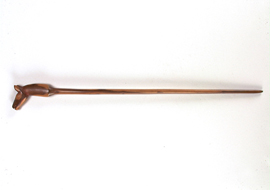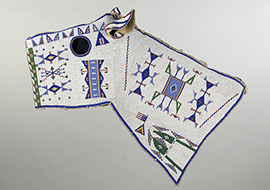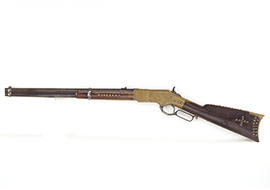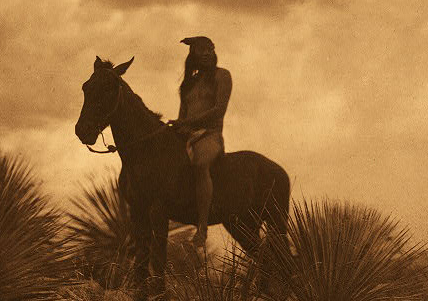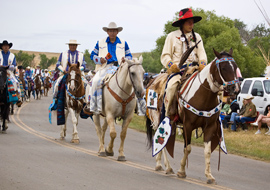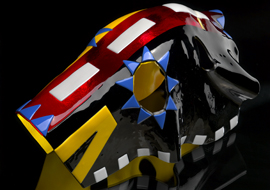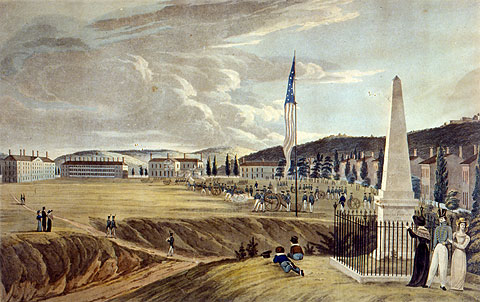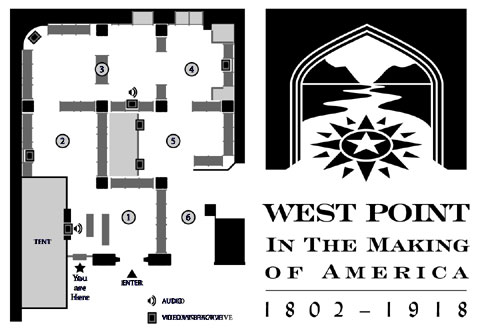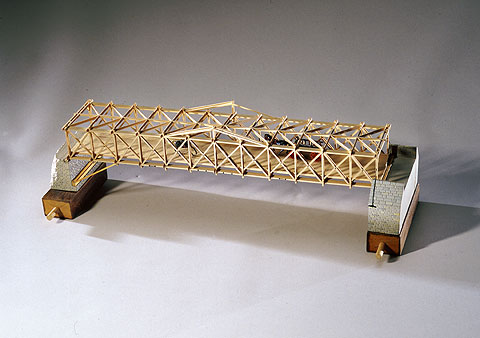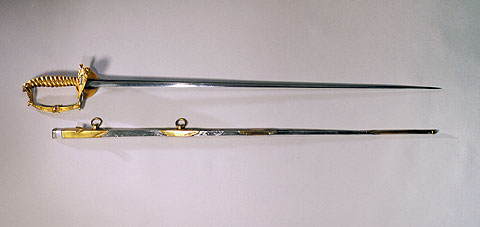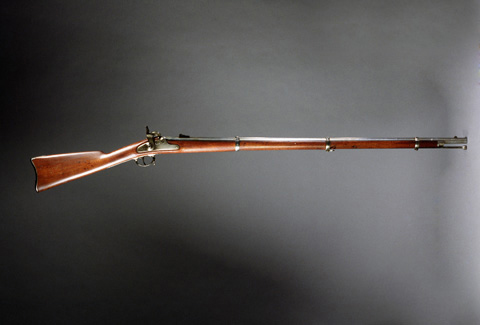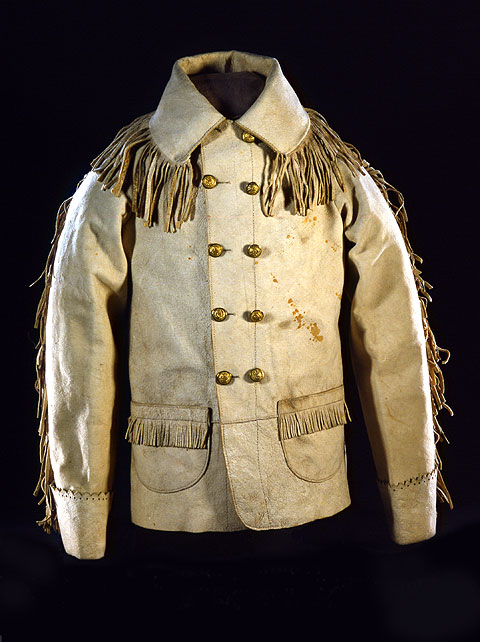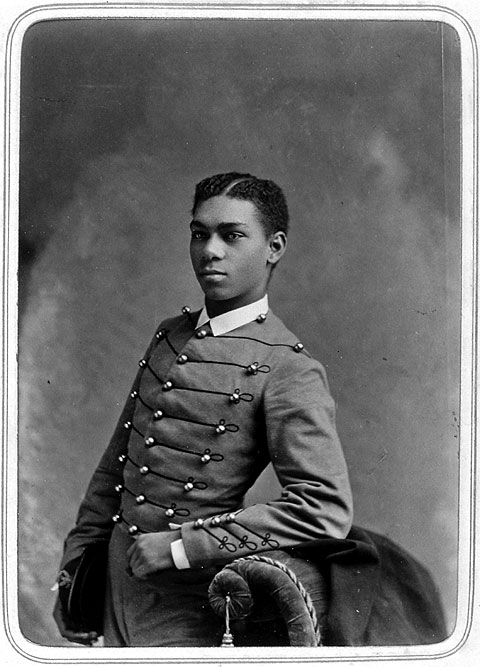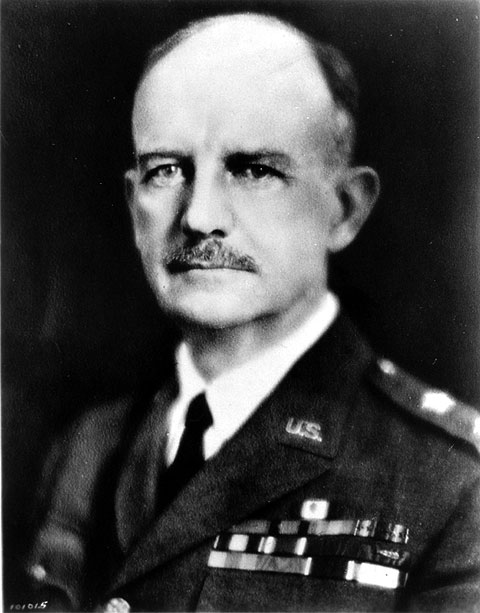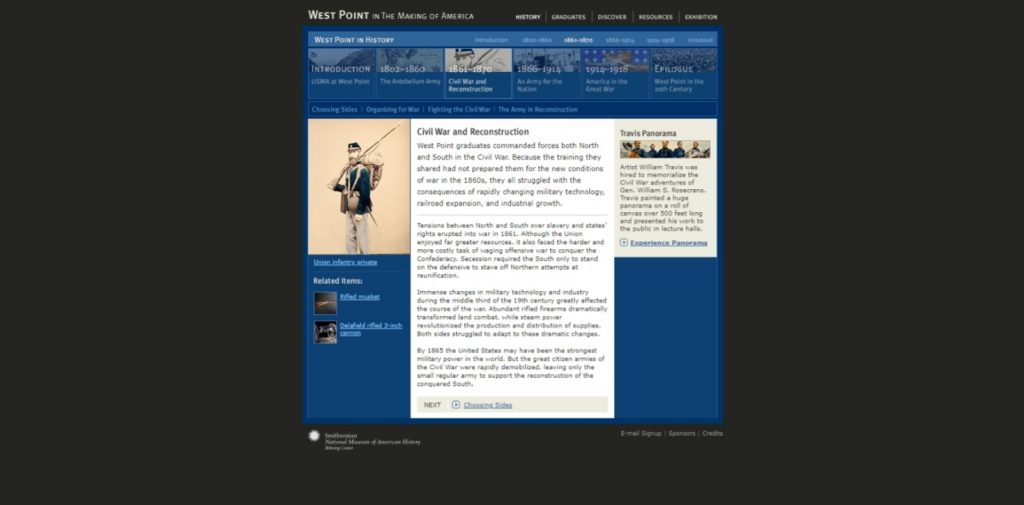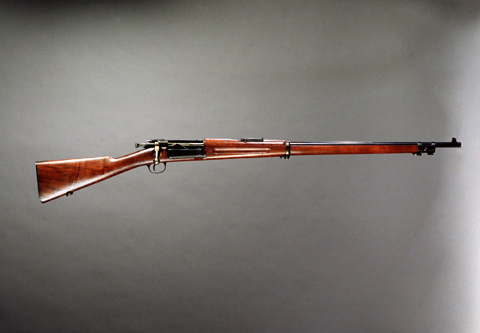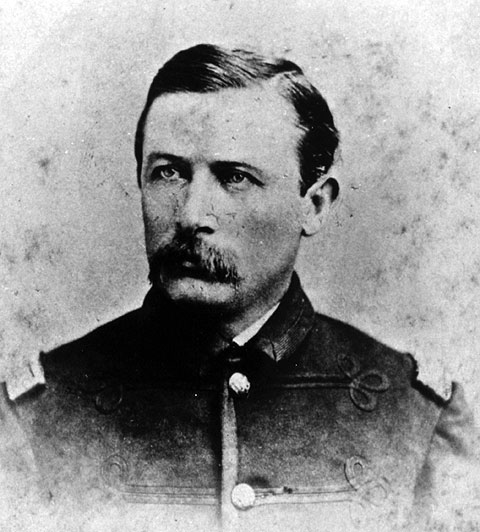
The horse is an ubiquitous element in the early history of the American West. Few may realize this versatile creature became extinct in North America about 40 million years ago but was reintroduced at the end of the 15th century by Spaniards. When it arrived native people quickly incorporated the horse into all aspects of their lives. “A Song for the Horse Nation” incorporating 112 stunning works from the Smithsonian’s National Museum of the American Indian was curated by Emil Her-Many-Horses a member of the Oglala Sioux and was based on the 2006 book “Song of the Horse Nation: Horses in Native American Culture” edited by George P. Capture Horse and Emil Her-Many-Horses (https://americanindian.si.edu/static/exhibitions/horsenation/index/html). From early artifacts through contemporary works of art, the treasures of the Smithsonian thoroughly encapsulate the significance of the horse in Native American history and culture. The meticulously curated exhibit demonstrates that the culture Native Americans created around the horse has survived and is flourishing.
“A Song for the Horse Nation” describes the epic story of the intricate relationship that developed between the native tribes of North America and the horse from the 1600s to the present. The incorporation of the horse into native culture altered almost every facet of their existence. Curator Her-Many-Horses provides a window into the lives of North America’s indigenous people that is not only a feast for the eyes but reveals how dramatically horses affected the social, economic, cultural, and spiritual aspects of native life on the Great Plains. Highlights include historical ledger drawings, beaded saddles and horse masks, hide robes, photographs and paintings, including new works by contemporary artists allowing viewers of all ages to experience the way of life of America’s first people.
The online exhibit opens with a brief introduction about how the horse has changed and influenced Native American culture, specifically for tribes in the Great Plains. From here the viewer can access the six main sections of the exhibit arranged part chronologically and topically. Section titles include: Introduction, Return of the Horse Nation, Impact of the Horse (1680-1875), Native Arts and the Horse (1840-1900), Decline and Revival (1875-Present), and the Horse Nation Lives On. At this point it might have been beneficial to incorporate a timeline with topical links.
The majority of the exhibition pieces are from the NMAI or sister branches of the Smithsonian, and are enhanced by items from private collections, universities and other museums, details can be found in the Objects List <https://americanindian.si.edu/sites/1/files/pdf/press_releases/HorseNationalDC_checklist.pdf>. Concisely detailed descriptive summaries accompany each section, and are associated with abundant and well-chosen images. Legends for each artifact, drawing, or photo include date created and individual or tribal association as well as purpose of each artifact. Artifacts characteristic of the Great Plains tribes cover the region from the Dakotas in the north, south through Texas and beyond. Harnessing the power of the horse aided the tribes in expansion of their range for hunting, trade, migration, and warfare.
Following the introduction, Sections 2-5 are divided into varying numbers of subsections describing the artifacts, photos, and drawings. Selected materials illustrate the synergy between native people and the horses that irrevocably changed their lives. Also included are sound recordings of the names for “horse” spoken by native people in their tribe’s language and a video documenting how the Nez Perce tribe, bred horses for strength, speed, and endurance. A powerful and emotional supplemental video explaining why the horse is an important relative of the people can be viewed at <https://www.youtube.com/watch?v=tlSfhP4FRMo>.
The exhibit illustrates the fruitful relationship Native Americans developed with the horse that Europeans unintentionally gave them. As can be seen in the illustrations to follow the horse greatly enhanced the lives of Native Americans and aided them in their resistance to encroachment by a westward moving army and settlers. This exhibit showcases both the past and present importance of the horse to the survival of the native people and their spiritual beliefs, ceremonies, and art and is presented in an impartial and unbiased manner.
The exhibit design provides easy navigation allowing the viewer to take a quick overview at the section level or pursue a more in depth examination by delving into each unit. The font and format makes the text pleasant to read, pages are full but not cluttered. Images of art and artifacts are plentiful but additional photographs of native people with their horses would be desirable.
Examples of artifacts used for horses include bridles, bits, saddles, saddle blankets, and ceremonial regalia like horse masks. Objects used by native people in association with the horse includes spears, bows, arrows, rifles, and war shields.
Right: a Sioux pipe tamper, circa late1800s from North or South Dakota.
Right: an 1866 Winchester Model .44 caliber carbine owned by Chief Joseph of the Nez Perce, circa 1880.
Right: a native family with horse and travois. Circa, 1889.
Right: a glass horse mask, 2008.
“A Song for the Horse Nation” is a fine example of how the traditions of generations of Native Americans past continue to teach the important values of living in harmony with nature as they have before and after the arrival of Europeans and reintroduction of the horse. Despite the hardships and challenges native people have endured, their reunion with the horse which they consider a most important relative, stimulated tremendous cultural creativity that continues today. Anyone interested in native culture, young or old, will appreciate how deftly curator Emil Her-Many-Horses has combined the history of native horse traditions of the past with the flourishing horse culture of the 21st century.

